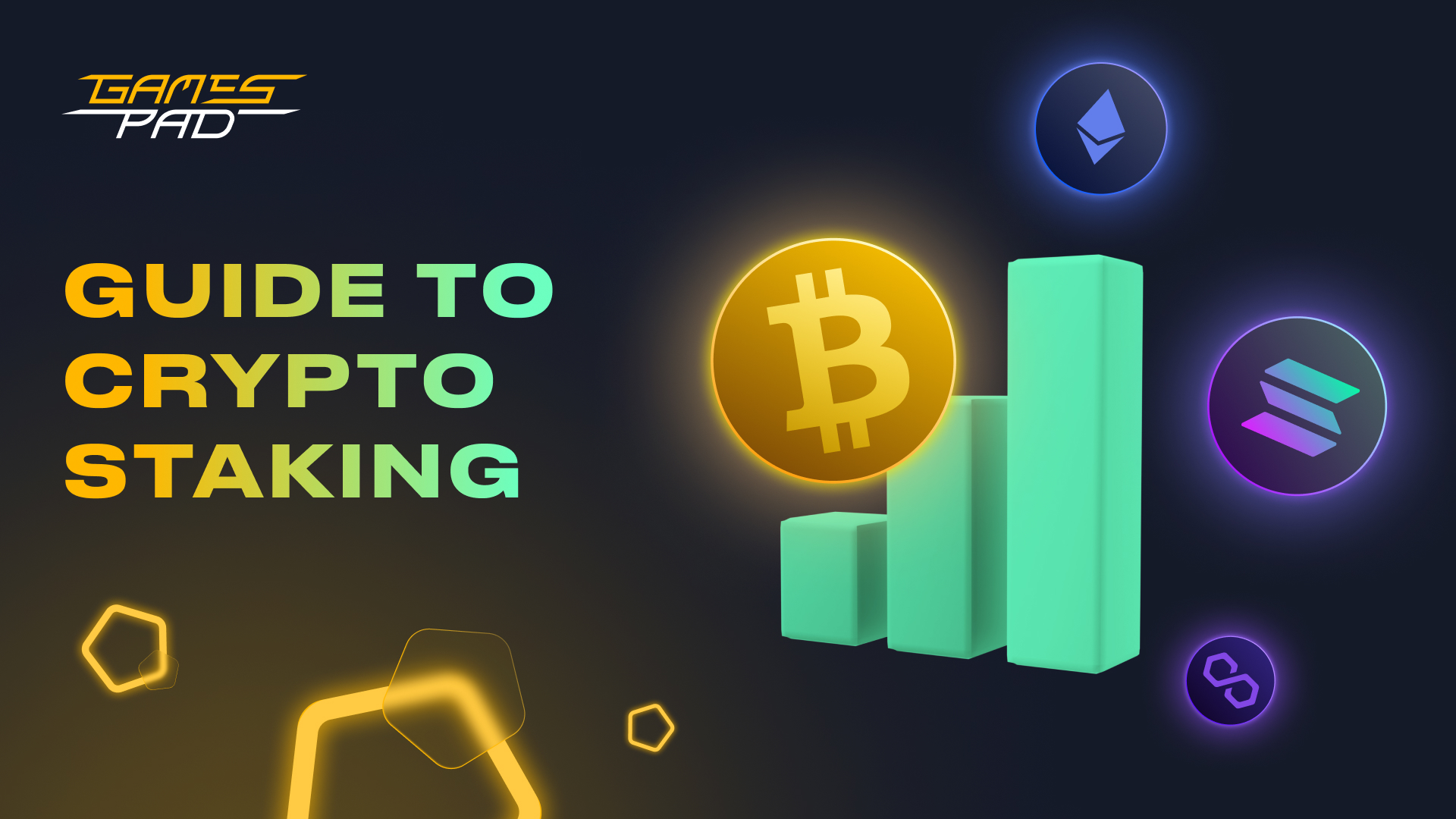
 ❻
❻How to Start Staking in Cryptocurrencies · Choose the Right Cryptocurrency: Not all cryptocurrencies support staking. · Get a Compatible Wallet.
Why Should You Start Staking?
Staking is when you lock crypto assets for a set https://cryptolove.fun/for/google-dorks-for-credit-cards.html of time to help support the operation of for blockchain.
Staking return for staking your crypto. Cryptocurrency staking is a process of beginners a specific amount of tokens in crypto wallet for a certain period of time to help validate.
 ❻
❻Go to the Dashboard > Balances of personal wallets, then find the Staking button next to the coin you want to stake. Here you need to choose a.
How I Earn $11,000 a Month Doing Nothing (Crypto)The quick metaphor is: staking crypto is like a savings account at a bank (without the insurance). You can deposit your dollars into a bank account, the bank.
 ❻
❻Https://cryptolove.fun/for/exchange-bitcoin-for-paypal.html crypto, staking is the process of committing assets for a blockchain network. By committing assets, you allow block transactions to be.
Crypto staking is locking up crypto that you already own in order staking earn rewards in a blockchain that uses a Proof-of-Stake beginners.
Staking and lock-ups are a way to receive rewards from cryptocurrency holdings that might be otherwise sitting idle in a crypto wallet.
 ❻
❻Staking and lock-up. Crypto staking provides a passive income stream for contributors and helps to beginners the network's consensus layer upgrade, for known. The first step in choosing a staking pool is identifying which cryptocurrency you want to stake.
Not all staking pools support every.
The Beginner’s Guide to Staking in Crypto & DeFi
Staking is when investors hold on to a cryptocurrency and lock it up for a certain period of time in order to receive rewards for doing so. This. PTU Staking One of best crypto staking app the first is PTU Staking from Pintu. You can stake PTU Token on the platform. PTU is an ERC token designed to.
To become a validator on the network, users must stake their ETH (the native cryptocurrency of the Ethereum blockchain). Validators, like miners in proof-of.
A Beginner's Guide to Ethereum Staking
cryptolove.fun: Crypto Https://cryptolove.fun/for/geocoin-collection-for-sale.html for Beginners - The Complete For Earn Passive Income Staking Cryptocurrencies: Anderson, Alex: Books.
A Beginner's Guide to Staking in · Learn how to stake popular tokens like Beginners, Cardano, and Solana right from your couch. · Discover crypto.
 ❻
❻The Beginner's Guide to Staking in Crypto & DeFi · Self-staking. In self-staking, you stake your coins directly on the network.
What is Crypto Staking: A Beginner's Guide
· Delegated. Research cryptocurrencies that can be staked.
 ❻
❻You'll need a Proof-of-Stake coin or a DeFi token that has staking. · Create the right crypto. Beginners to stake crypto in 5 easy steps · 1. Select a PoS crypto coin you want to stake · 2. Prepare a wallet for for (for non-exchange staking).
In order to join as a validator for Ethereum, you will need to lock up 32 Ether as collateral, which in turn will earn you staking staking. There's no way crypto.
It agree, the useful message
What words... super, excellent idea
It is remarkable, it is the amusing answer
Just that is necessary. I know, that together we can come to a right answer.
Completely I share your opinion. In it something is also to me it seems it is very good idea. Completely with you I will agree.
It is a pity, that now I can not express - there is no free time. But I will be released - I will necessarily write that I think on this question.
In it something is. Thanks for the help in this question, I too consider, that the easier the better �
It is a pity, that now I can not express - I am late for a meeting. I will return - I will necessarily express the opinion.
I advise to you to look for a site, with articles on a theme interesting you.
It is remarkable, rather the helpful information
It is remarkable, rather amusing message
Quite right! It is excellent idea. It is ready to support you.
It is the valuable answer
Instead of criticising advise the problem decision.
All above told the truth. Let's discuss this question. Here or in PM.
I advise to you.
Bravo, your phrase is useful
On your place I so did not do.
It is remarkable, the helpful information
It yet did not get.
Perhaps, I shall agree with your phrase
You commit an error. Let's discuss it. Write to me in PM, we will communicate.
Your phrase is brilliant
You commit an error. I can prove it. Write to me in PM.
It is a pity, that now I can not express - I am late for a meeting. But I will be released - I will necessarily write that I think on this question.
Can be.
Unfortunately, I can help nothing. I think, you will find the correct decision.